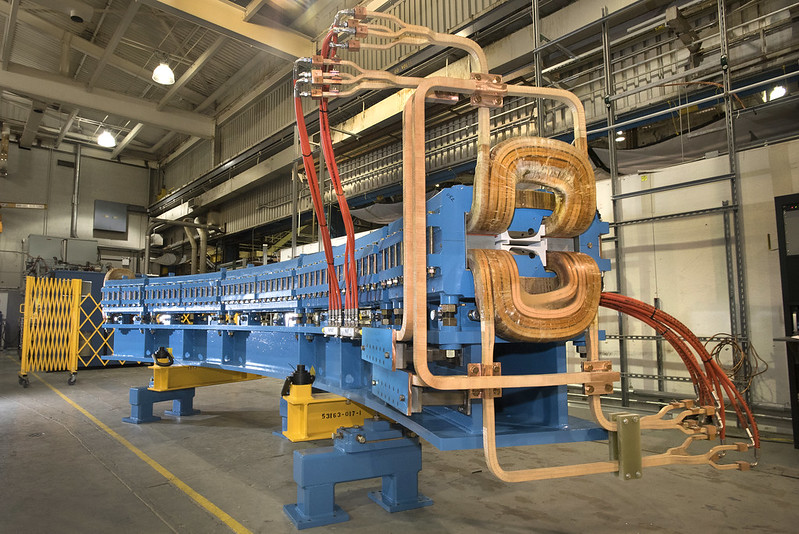How Particle Accelerators Work
Learn about particle accelerators here.
How Particle Accelerators Work.
A particle accelerator is a machine with a metal tube that goes in a circle. The circle must be clean, no particles, dusst, anything. Then the particle accelerator speeds up particles with electric fields, an electric field is a region around a charged particle that pushes other charged particles. Electric fields speed up the other charged particles by using their force to push it to speeds close to light (186,000 miles/sec).
Once the particles reach that speed, scientists put atoms in the stream of particles to learn about them.
The following is a list of all the parts of a particle accelerator.
Electromagnets (conventional, superconducting) – keep the particles confined to a narrow beam while they are traveling in the vacuum, and also steer the beam when necessary
Targets – what the accelerated particles collide with
Detectors – devices that look at the pieces and radiation thrown out from the collision
Vacuum systems – remove air and dust from the tube of the accelerator
Cooling systems – remove the heat generated by the magnets
Computer/electronic systems – control the operation of the accelerator and analyze the data from the experiments
Shielding – protects the operators, technicians, and public from the radiation generated by the experiments
Monitoring systems – closed-circuit television and radiation detectors to see what happens inside the accelerator (for safety purposes)
Electrical power system – provides electricity for the entire device
Storage rings – store particle beams temporarily when not in use
https://www.home.cern/science/accelerators/large-hadron-collider
https://home.cern/science/accelerators/how-accelerator-works
https://www.energy.gov/science/doe-explainsparticle-accelerators
https://www.britannica.com/technology/particle-accelerator















